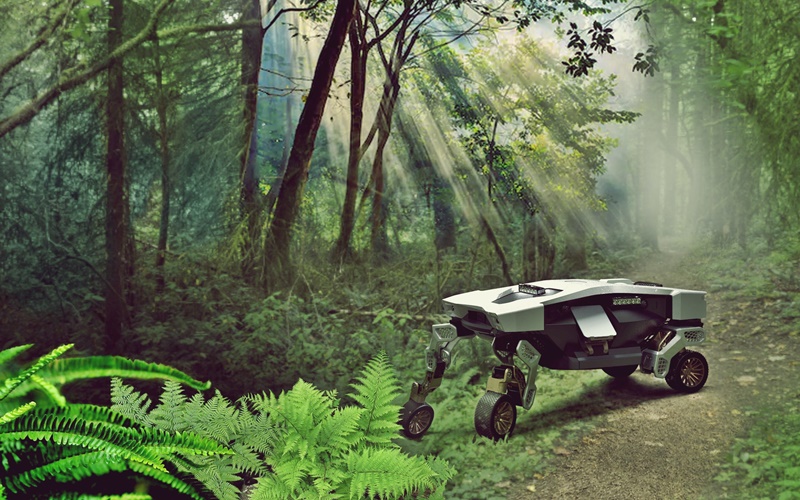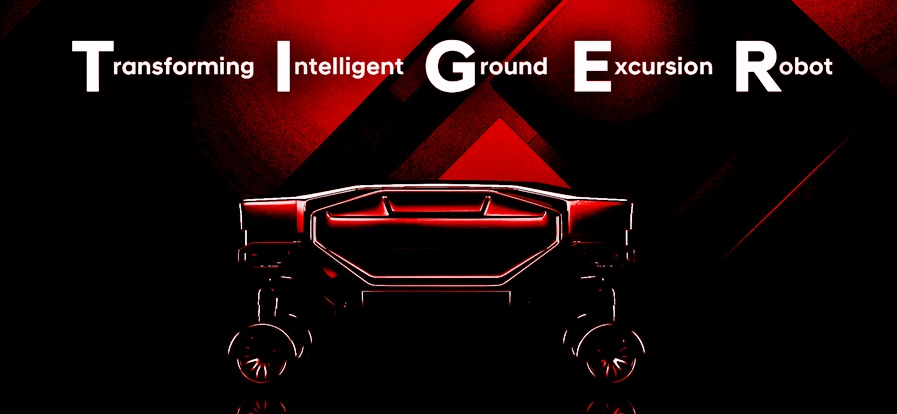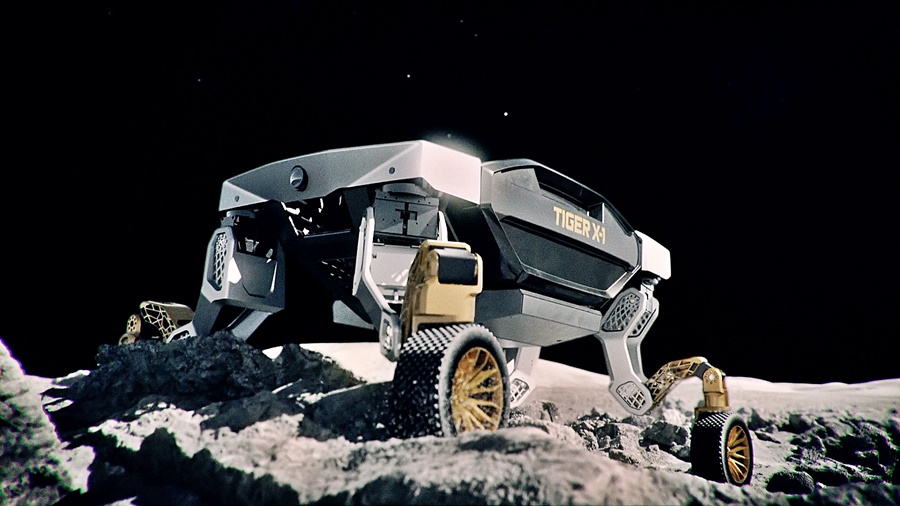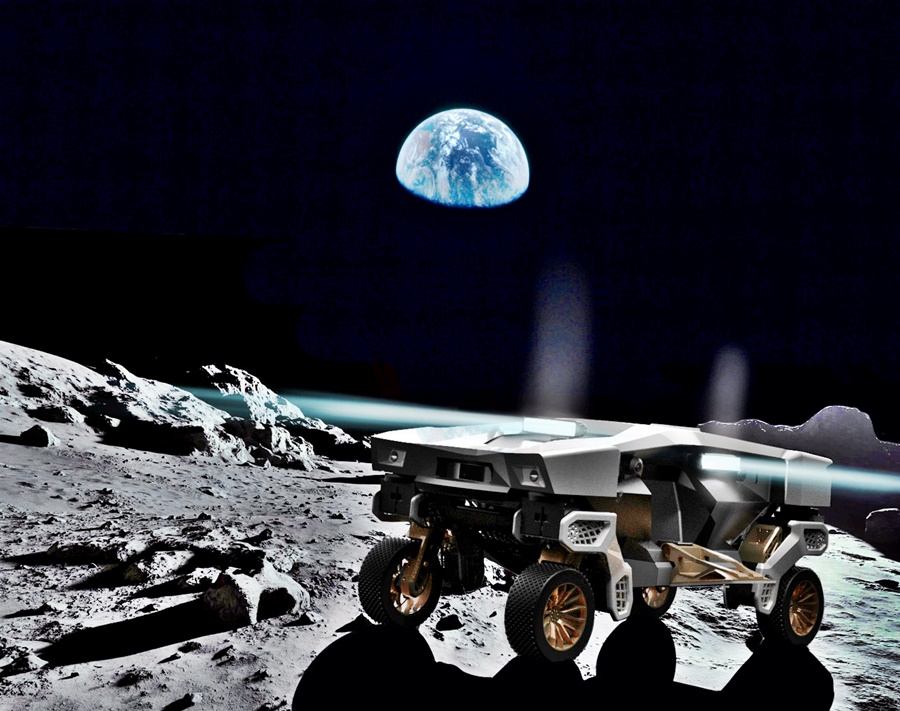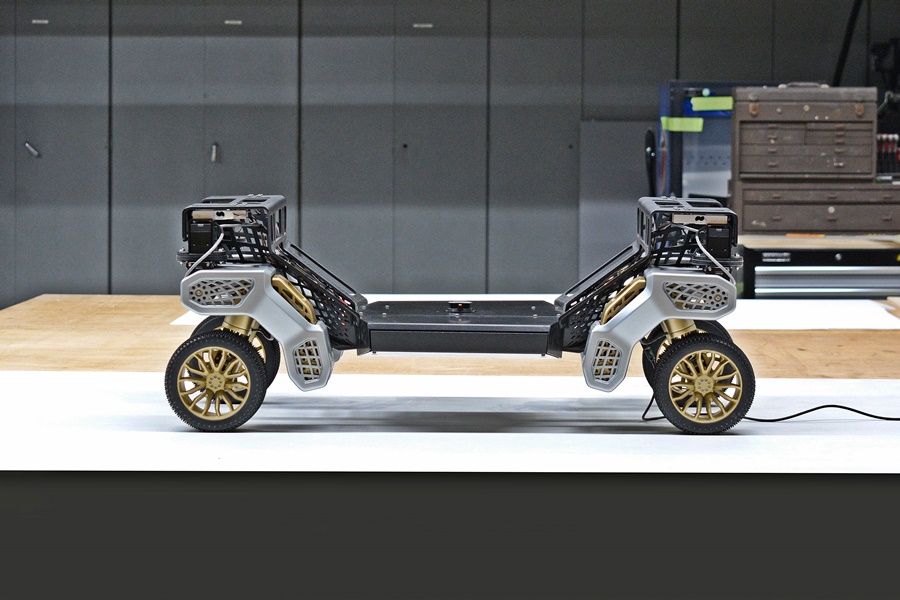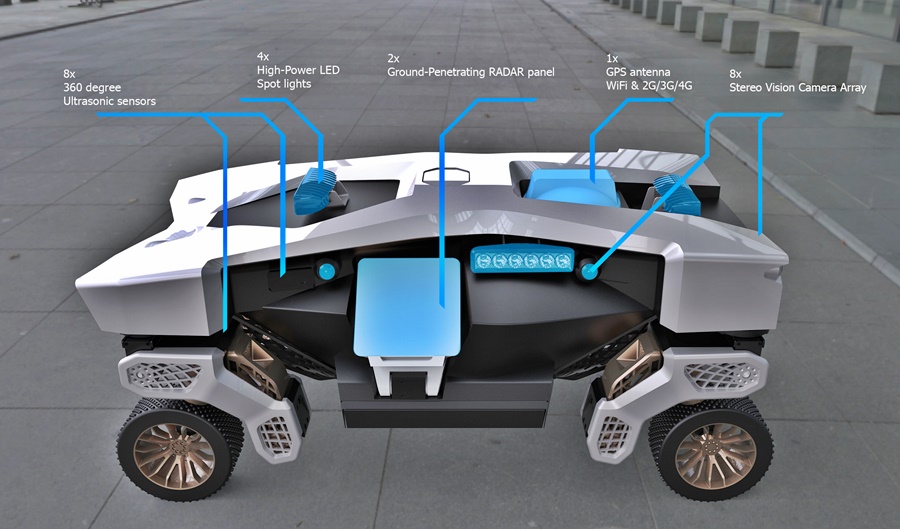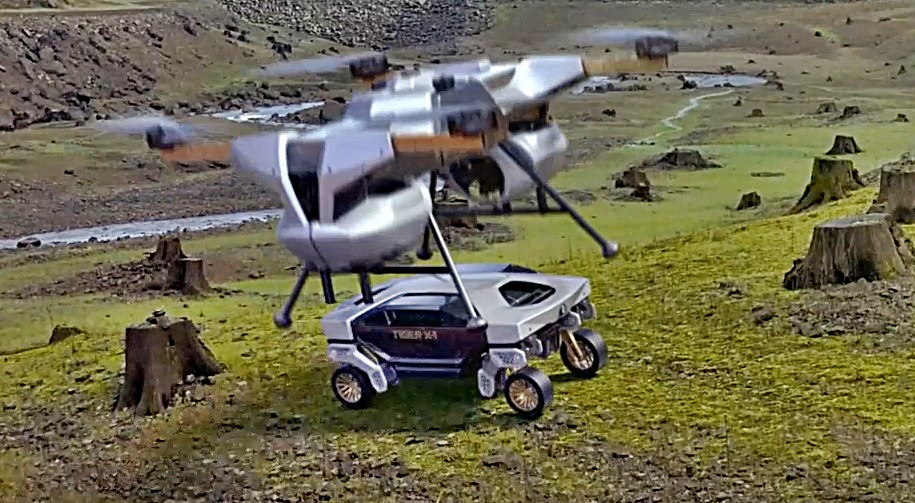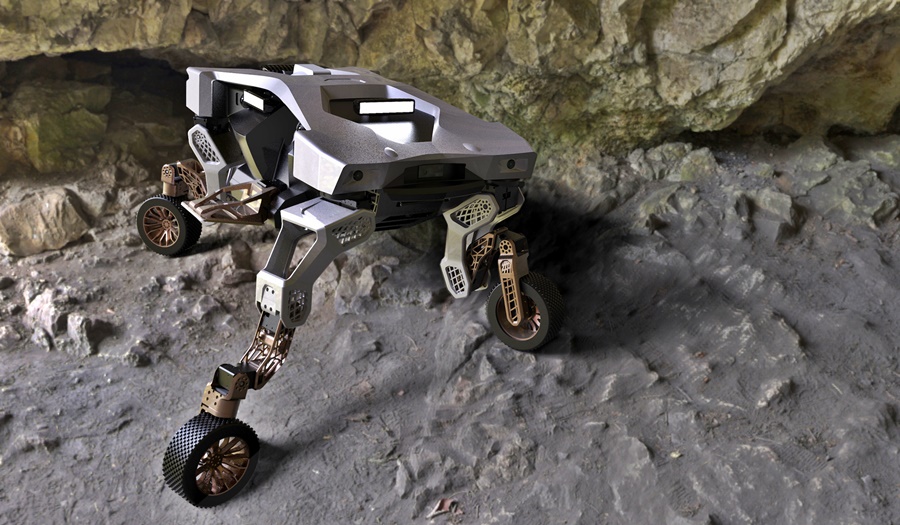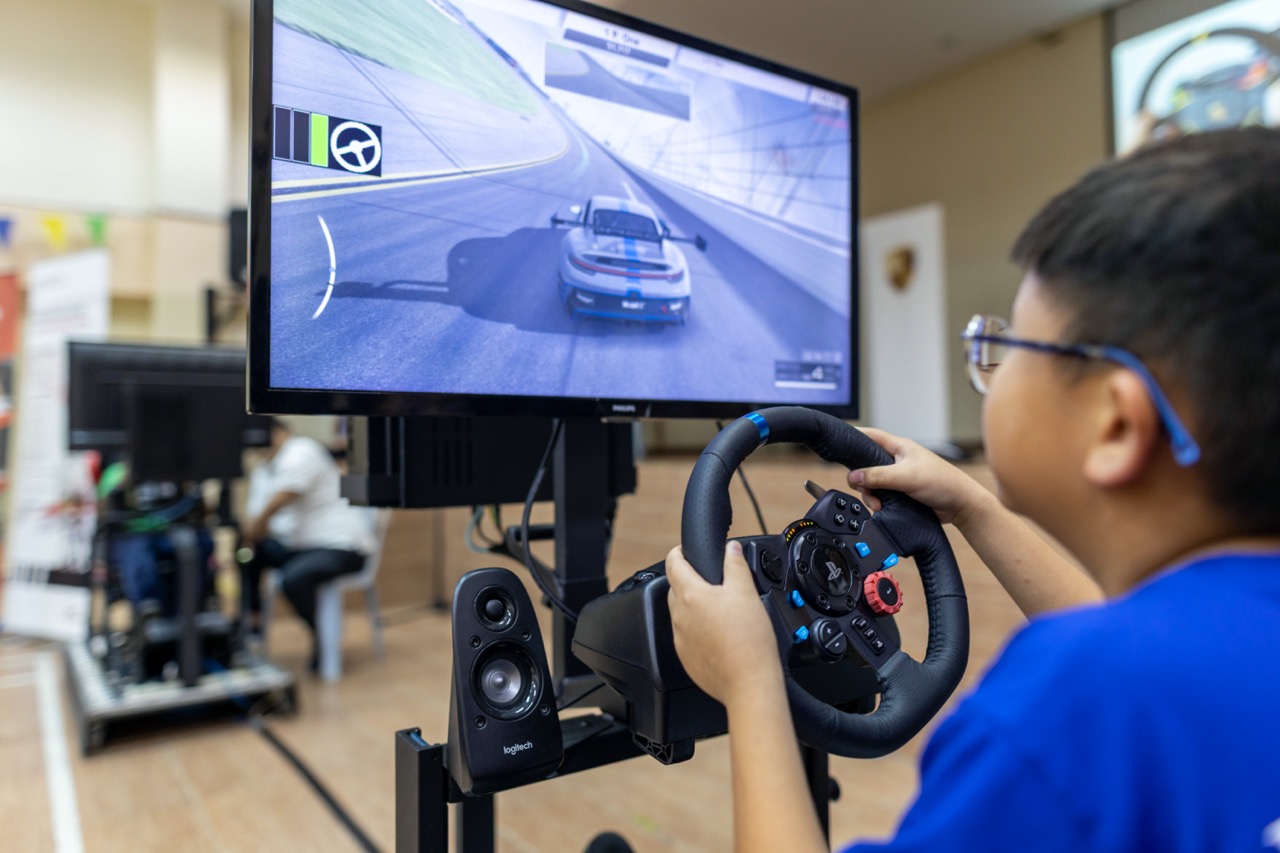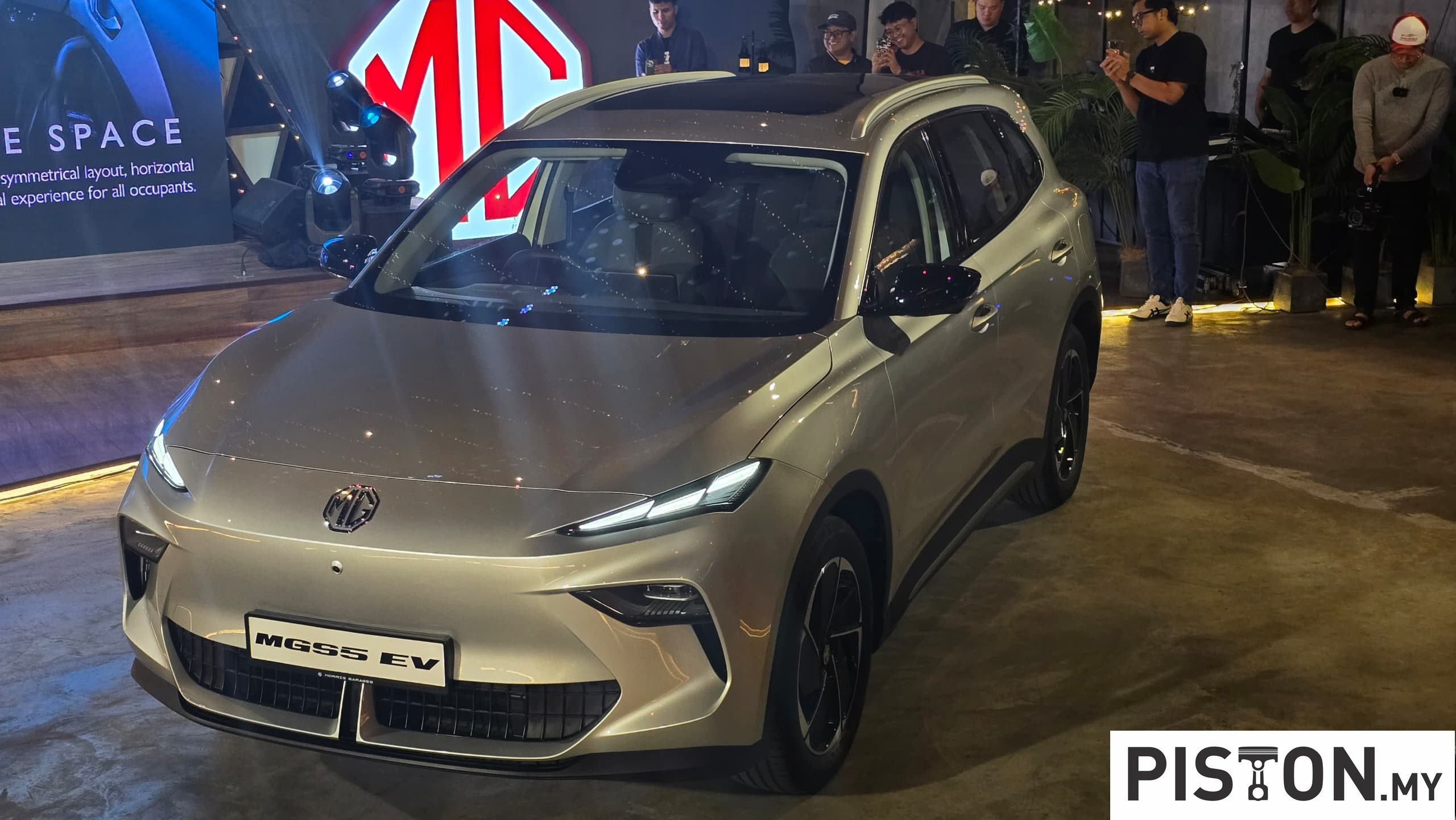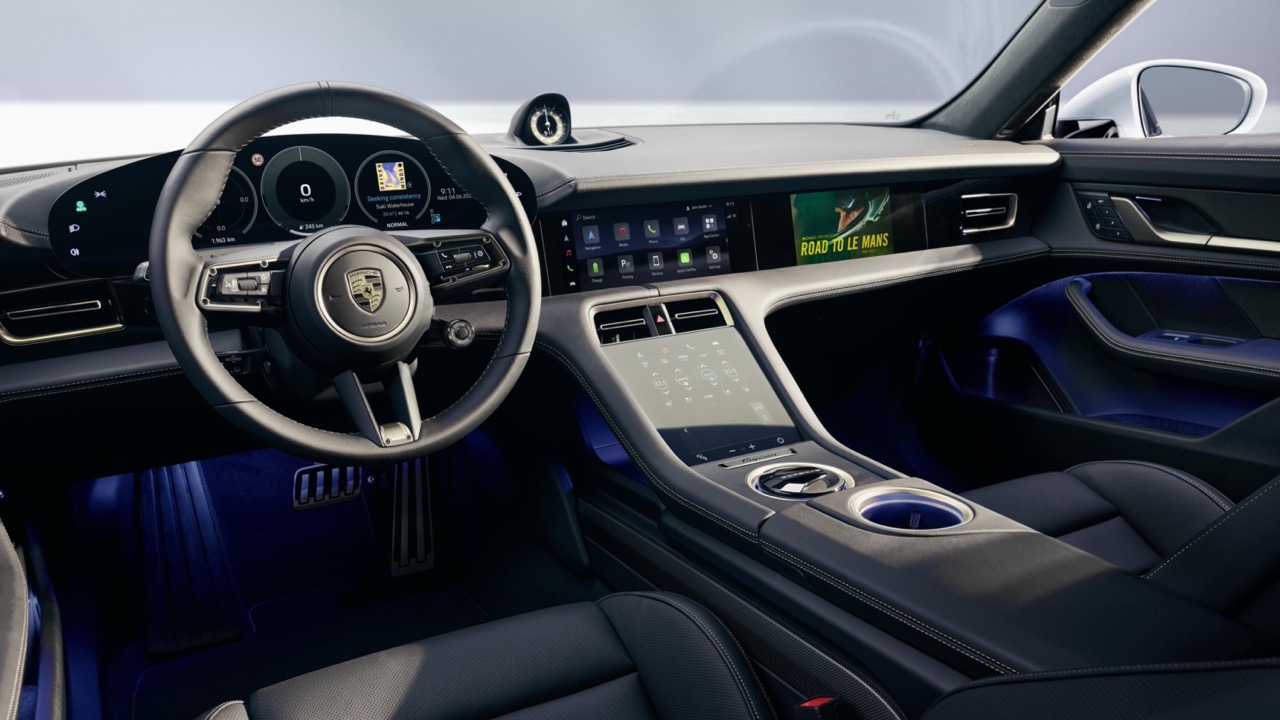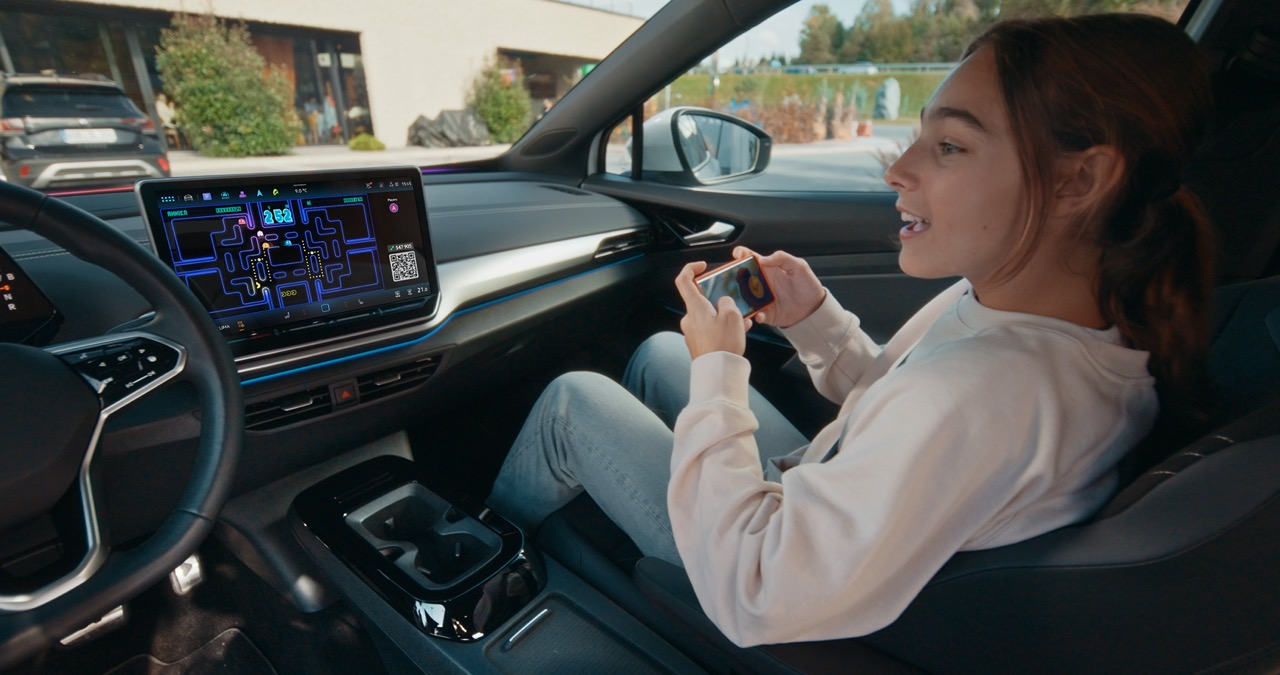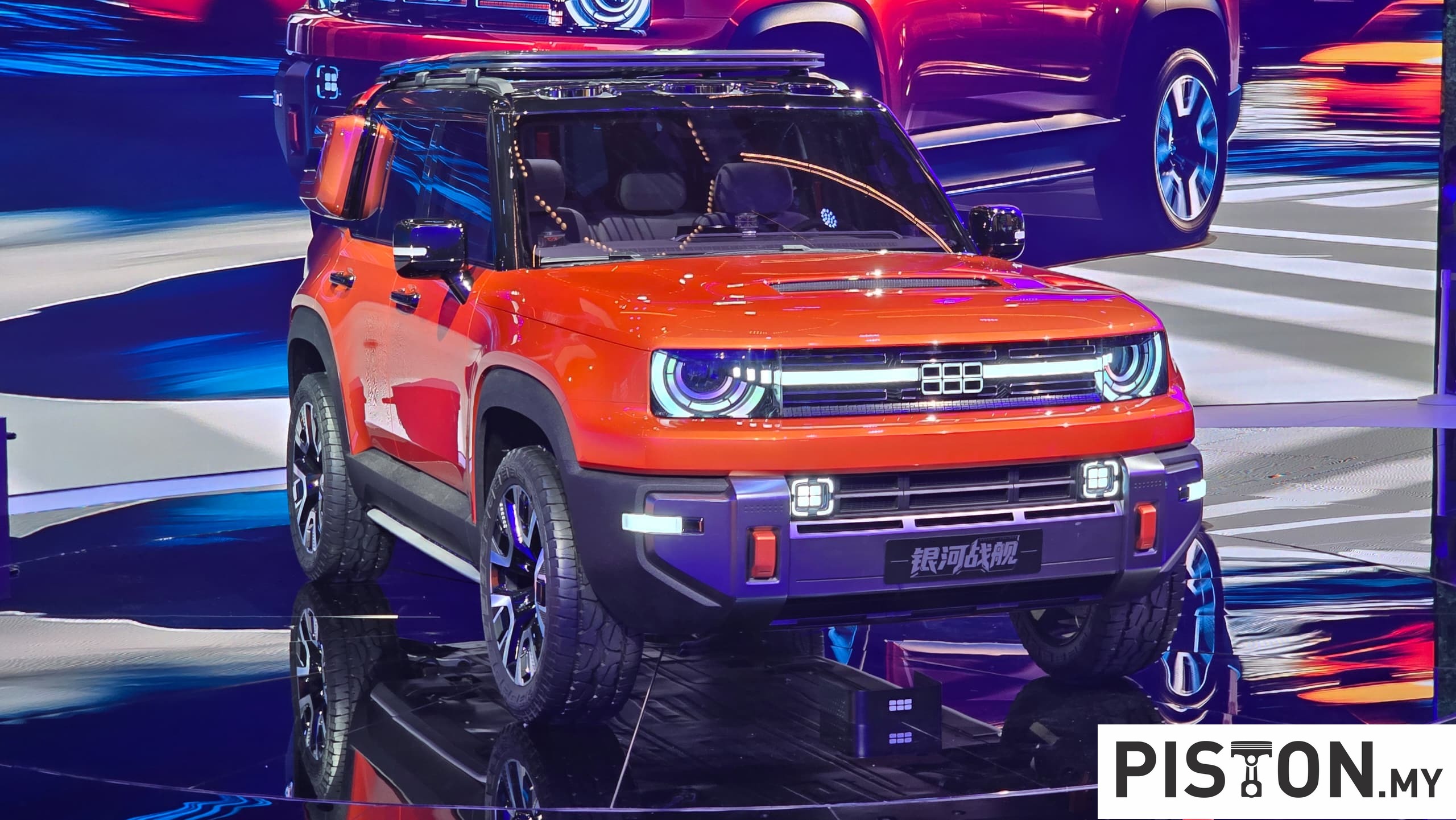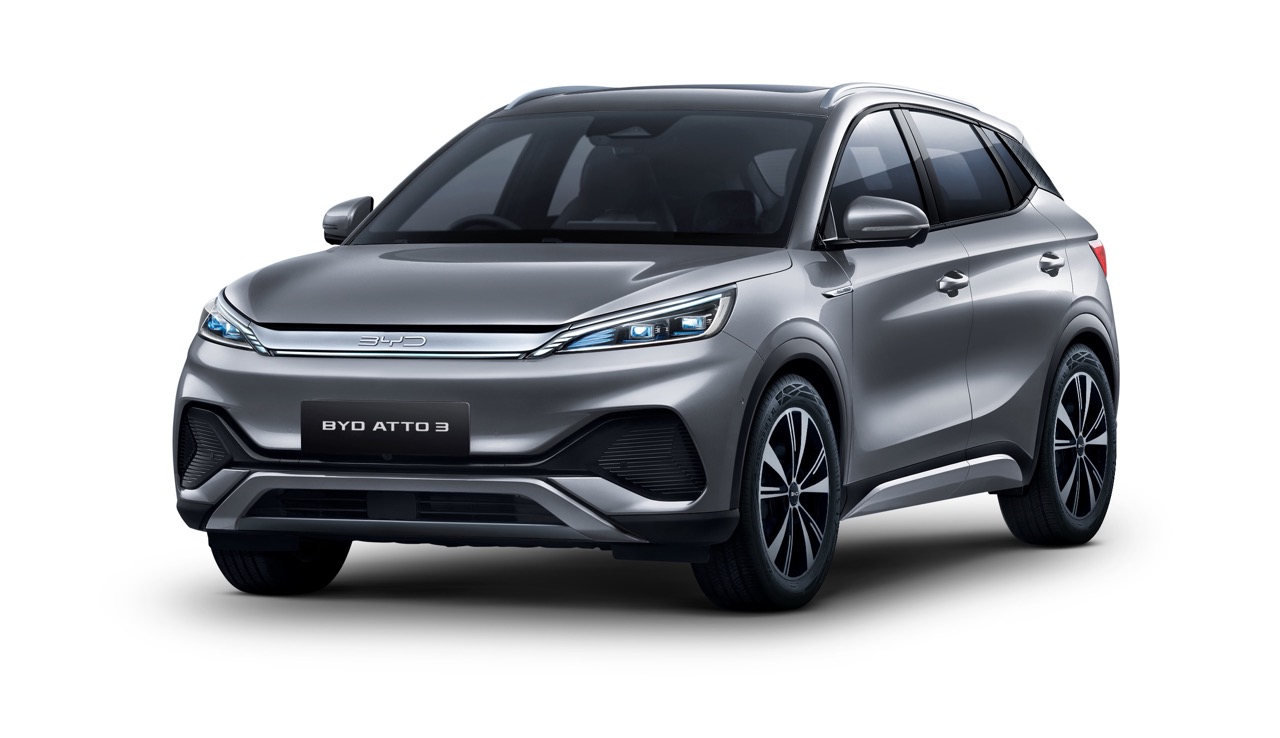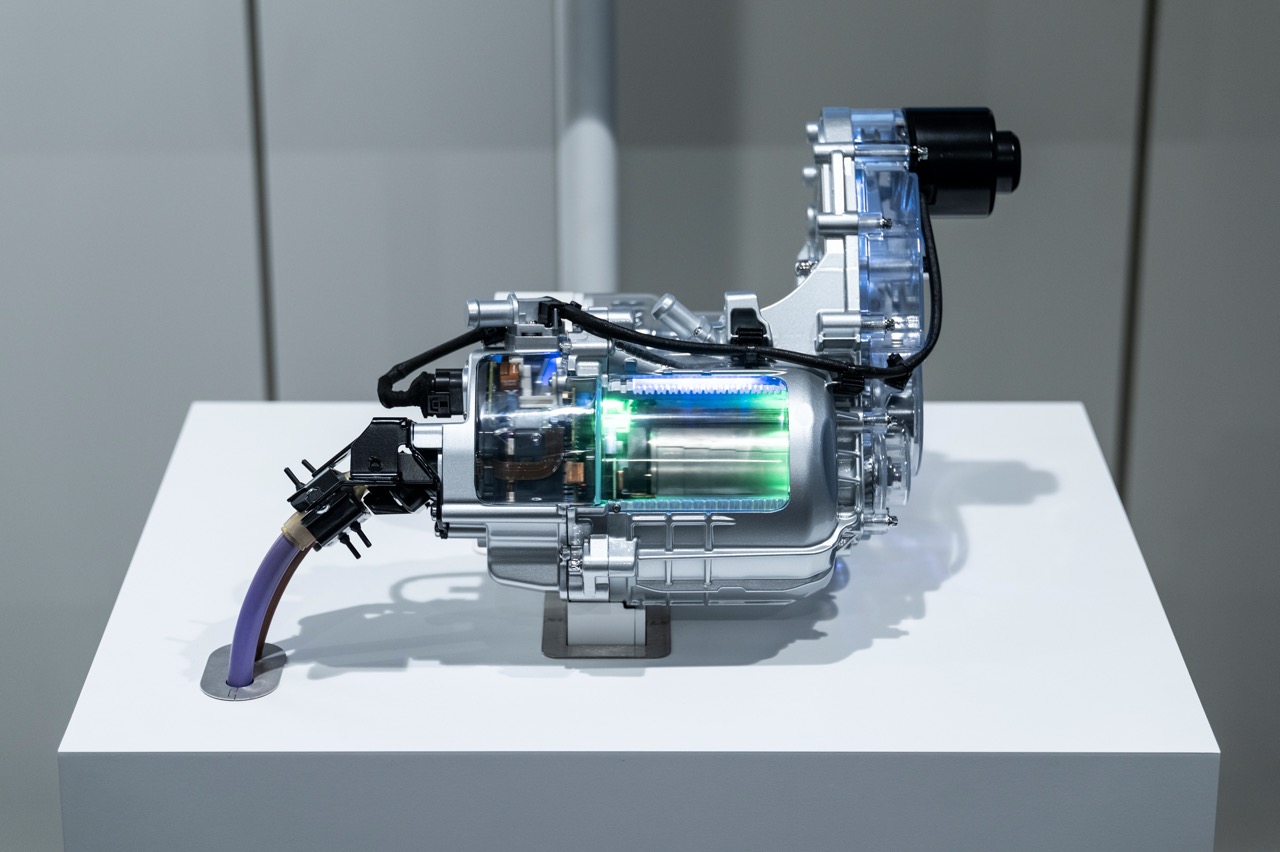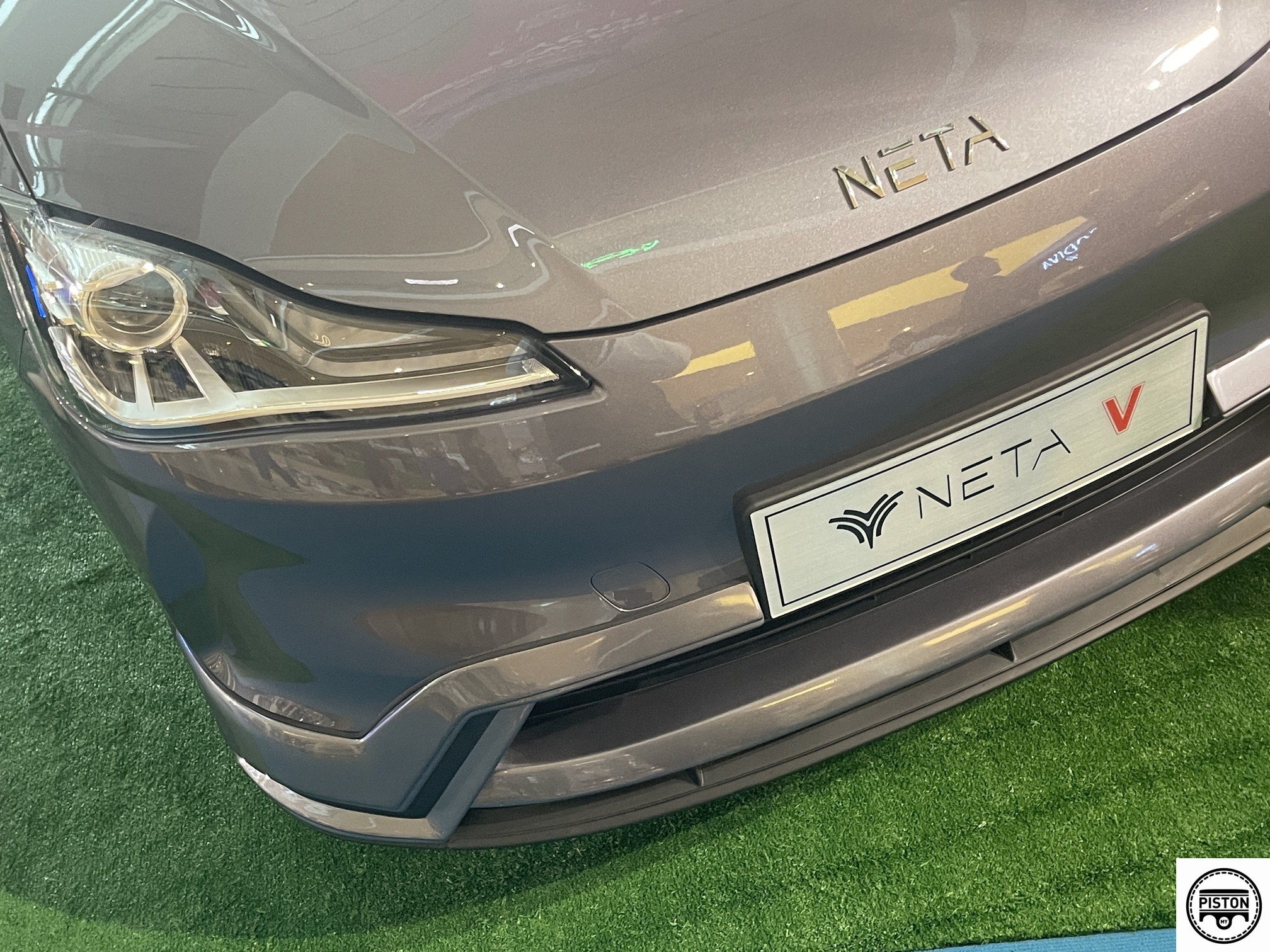
Vehicles that can operate autonomously without humans at the wheel to guide them can be very useful, especially in conditions which may be hazardous to humans. For instance, they can be used to enter areas which may be highly contaminated with radiation to perform various activities or carry various types of payload while traveling over challenging terrain. They could even be used on the moon or other planets, like the various machines that have been roaming Mars for years.
Hyundai Motor Group’s New Horizons Studio, in partnership with Autodesk and Sundberg-Ferar, have developed such a vehicle which they have named TIGER (Transforming Intelligent Ground Excursion Robot). It is the company’s second Ultimate Mobility Vehicle (UMV) and the first designed to be uncrewed.
The development of the TIGER is being carried out at the studio which has its headquarters in California. The facility was established in late 2020 to develop UMVs drawing on research and innovation leadership from Silicon Valley and other innovation hubs.
“Vehicles like TIGER, and the technologies underpinning it, give us an opportunity to push our imaginations,” said Dr. John Suh, Head of New Horizons Studio. “We are constantly looking at ways to rethink vehicle design and development and re-define the future of transportation and mobility.”
Capability across remote, inaccessible terrain
The TIGER’s exceptional capabilities are designed to function as a mobile scientific exploration platform in extreme, remote locations. Based on a modular platform architecture, its features include a sophisticated leg and wheel locomotion system, 360-degree directional control, and a range of sensors for remote observation.
A large load bay housed within its body means the TIGER can carry goods for delivery, or be deployed to deliver aid packages in emergency situations. Leg-wheel articulation enables it to tackle a range of extreme situations while keeping payloads more level than a typical ground vehicle.
With its legs retracted, the TIGER moves like an all-wheel drive vehicle and is in its most efficient mode because it moves by rolling traction. But when the vehicle gets stuck or needs to travel over terrain that is difficult or impassable for wheels alone, it uses its walking ability to get unstuck or more easily travel over that terrain. This was a feature previously seen in the Elevate, the Korean group’s first-ever UMV concept with moveable legs, which was displayed at the 2019 CES (Consumer Electronic Show).
Like the Elevate, which also had transforming 4 leg-wheel ground vehicle, the TIGER shares similar characteristics such as its legs and wheels. The difference between the Elevate and the TIGER is that, while the former can carry passengers, the latter is uncrewed. Both vehicles blend robotic and wheeled locomotion technologies, allowing them to traverse terrain beyond the limitations of even the most capable off-road vehicle.
The vehicle can also connect to unmanned aerial vehicles (UAVs) which can fully charge and deliver the TIGER to inaccessible locations.
The first TIGER
The first version is the X-1 (‘X’ for ‘experimental’) and brings together a wide-range of technological and design expertise. It fuses Autodesk’s generative design capabilities with Hyundai’s growing R&D capabilities in mobility. The teams have been working together to create a lightweight but incredibly strong structure, with the legs and certain chassis elements created using carbonfibre composite additive printing.
The New Horizons Studio has been focused on developing technologies to enable concept vehicles such as the TIGER. These technologies include wheel-leg locomotion, high-performance materials and structures, high-performance power systems, chassis and body systems, virtual development and evaluation systems, and human-centered design and systems. Each of these represents significant technical progress that can be applied to any vehicle and will speed the development of advanced mobility solutions.
UMV concepts in development do not rely solely on wheels and are expected to address challenging driving situations – for example, a car with robotic legs could save lives as the first responder in natural disasters; or people without access to a curb ramp could hail a car to walk up to their front door, level itself and allow wheelchairs to roll in.
Click here for other news and articles about Hyundai.




